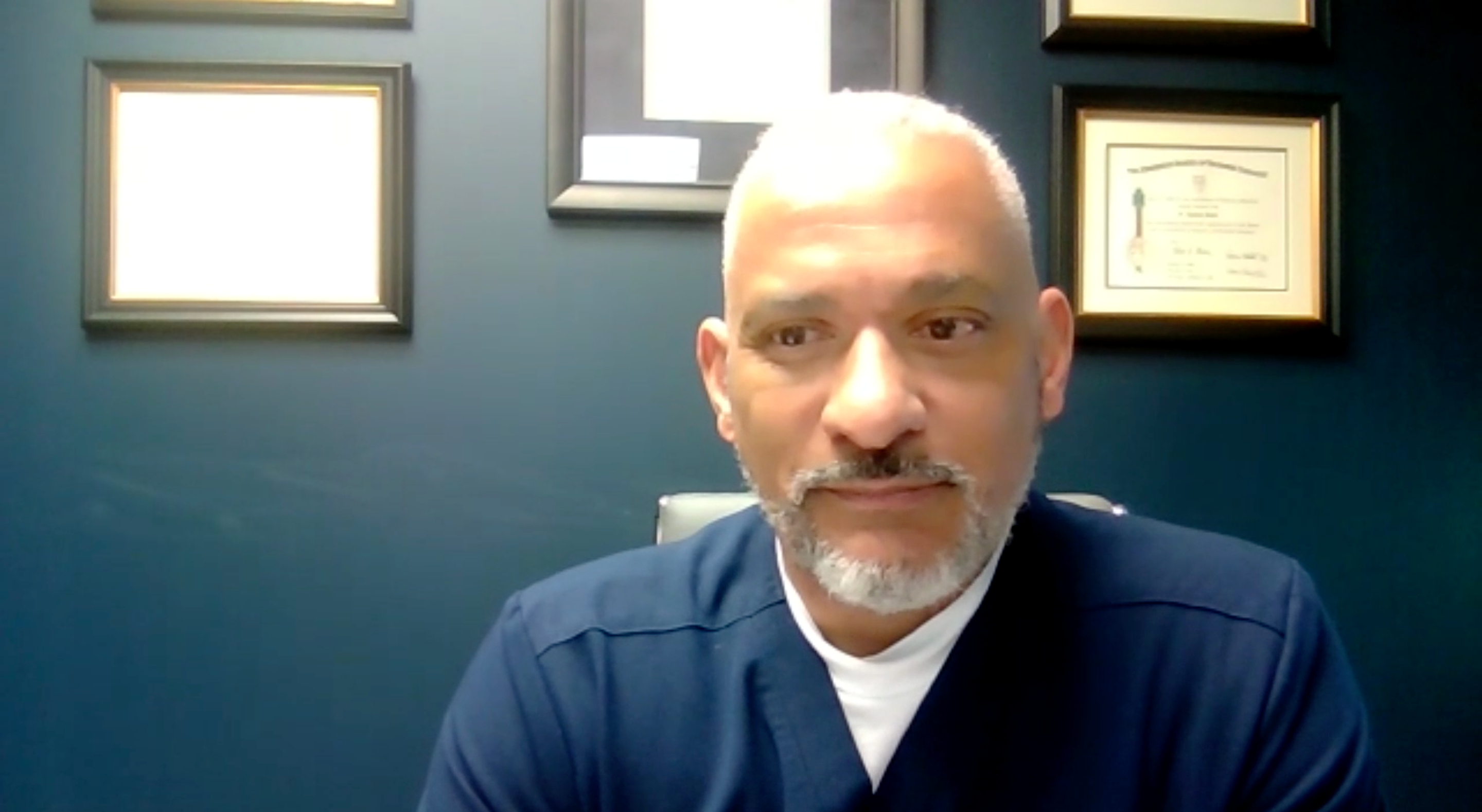Video
Dr Aleksandar Kostic Outlines His Research on a T1D Vaccine
Author(s):
Aleksandar Kostic, PhD, an assistant professor of microbiology at Harvard Medical School, explains how a microbially targeted vaccine may prevent type 1 diabetes (T1D).
The vaccine, which targets poly N-acetyl glucosamine, contains a modification that initiates a strong antibody response, said Aleksandar Kostic, PhD, an assistant professor of microbiology at Harvard Medical School.
Transcript:
Can you explain how you carried out your research using microbiome antigens as a vaccine for type 1 diabetes (T1D)? What were your main findings?
I work closely with a collaborator of mine, Jerry Pier, PhD, at Brigham and Women's Hospital, just down the street from us, who has been working with this microbially targeted vaccine for a long time now, and has previously seen some positive data in other immune-mediated diseases like inflammatory bowel disease and graft versus host disease. He came to me with the idea, of maybe it could be important in T1D as well, since it appears T1D has a microbial factor to it.
What this vaccine is, is it targets a conserved sugar on microbes. It's called PNAG, poly N-acetyl glucosamine, very highly conserved, seen in many different kinds of bacteria and fungi and even parasites, gram-negative, gram-positive bacteria. It's seen very generally. This specific antigen, we don't develop a good response for because the native form of PNAG does not elicit a good antibody response. But the unique thing about the vaccine that Jerry had developed is that it has a small acetyl modification on this version of PNAG that's synthetic. This initiates a strong antibody response. So it means that when mice are—actually now they've even done some human studies—but when subjects are given this vaccine, they develop a robust response against any microbes carrying this antigen. So without thinking at all about how the mechanism might work, we just wanted to answer the simple question, “If nonobese diabetic (NOD) mice are vaccinated with this antigen, do they develop any protection against diabetes?”
We have done this now 3 times and these are long experiments, because each one of them takes 9 months from the time we inject the mice, we wait until they're 40 weeks old to see if they develop diabetes. What we saw was incredibly striking. In our colony for female NOD mice, after 40 weeks, only about 20% of them are free of diabetes. The other 80% have developed diabetes. When the female mice are vaccinated, after 40 weeks, about 75% of them are diabetes free. We've done this now in close to 100 mice, and as I mentioned 3 times—so something that's really robust. Oftentimes, with NOD mice, there's a little bit of frustration in that almost anything can cause a change in the incidence of diabetes. But I think that the scale of the difference that we're seeing here is really something unique and that is not seen with many other interventions in NOD mice and very reproducible.
How is this possible, mechanistically? The first thing we thought is that it might be changing the composition of the gut microbiome in these mice. We sequenced and we looked very closely, we even cultured a lot of the microbes from these mice, and we had not seen any difference at all in the composition of the microbiome. Vaccinated or not vaccinated, the gut microbiome composition is almost exactly the same, which brought us to a different hypothesis. And that is this concept of microbes from the gut being translocated into tissues and driving inflammation. These are observations people have had before that maybe not living microbes, but microbial fragments, things like lipopolysaccharide from cell walls, are detectable in tissues and can drive inflammation in tissues, like even the pancreas and islets in the pancreas.
What we were able to find, which we were incredibly excited about, is that most NOD mice, at least in our facility, that developed diabetes, if we try to detect PNAG in their beta cells by histology, almost all of them carry this PNAG. And along with it, we see this recruitment of macrophages and other infiltrating immune cells that we think are driving an inflammatory response.
What's interesting is that in mice that are vaccinated with PNAG, we don't see any traces of PNAG antigen in the pancreas of the mice. It's completely gone. What we think is happening is that the translocation of microbial fragments or even whole microbes, possibly, from the gut through a lowered kind of intestinal barrier integrity—which is something that has been correlated with T1D—to the pancreas, it's being able to be cleared much more efficiently in mice that have a vaccine with PNAG and therefore have a strong antibody response against the PNAG antigen.
We believe that this could be the mechanism involved here. The only other piece we know right now is that generally mice that are vaccinated we see a much stronger, a strong enrichment of regulatory T cells and other interleukin-10 producing cells, this anti-inflammatory cytokine, both in the spleen and new data also showing perhaps in the pancreas as well. But definitely systemically, we see this kind of more tolerogenic immune signature. So we think that this is important, because number 1, it could be a real therapeutic avenue, potentially. And number 2, we think it might be hitting on a new mechanism of how the microbiome is driving T1D potentially and that's via the translocation of maybe just a very small amount of microbial antigens, but enough to drive inflammatory response in the pancreas and then for someone that is genetically predisposed to disease, it could be enough to trigger the incidence of T1D.





